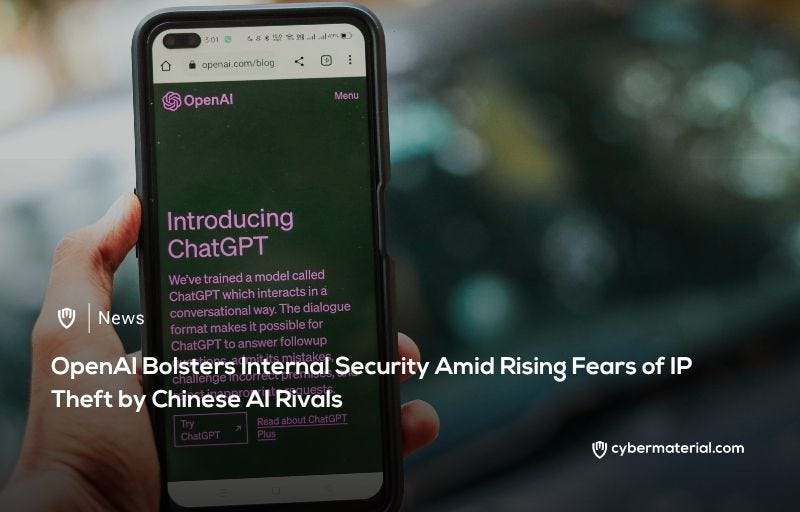
OpenAI is reportedly escalating its internal security protocols to protect its valuable intellectual property from corporate espionage, specifically targeting threats from Chinese artificial intelligence companies. These new measures include more stringent controls over sensitive information and enhanced vetting processes for staff members. This heightened sense of alert was reportedly accelerated after Chinese AI startup DeepSeek allegedly used ChatGPT data to train its R1 large language model in January, an incident known as “model distillation.”
In response to these perceived threats, OpenAI has implemented a series of comprehensive safeguards. One significant change is the adoption of a “tenting” system for internal projects, which severely limits access to information to only those team members directly involved in a specific project. This extreme compartmentalization, applied even to crucial initiatives like the o1 model developed last year, effectively walls off code, data, and even inter-team conversations to prevent unauthorized access and potential leaks.
Beyond information control, OpenAI has also bolstered its physical and digital security infrastructure.
This includes implementing biometric authentication, such as fingerprint scans, for access to sensitive labs, and a “deny-by-default” approach to internet connectivity within its internal systems. Furthermore, critical portions of the company’s infrastructure have been air-gapped, physically isolating them from external networks to ensure the utmost data security and prevent cyber intrusions.
To further strengthen its security posture, OpenAI has expanded its cybersecurity and governance team.
The company recently hired Dane Stuckey, former security head at Palantir Technologies Inc., as its chief information security officer, bringing in specialized expertise in data protection. Additionally, retired U.S. Army General Paul Nakasone has been appointed to OpenAI’s board, suggesting a strategic focus on robust security leadership and a more militarized approach to data defense.
While these enhanced security measures are crucial for protecting OpenAI’s intellectual property, they have reportedly introduced some internal friction. The increased compartmentalization has made cross-team collaboration more challenging and has, in some instances, slowed down development workflows. This shift at OpenAI reflects a broader trend within the industry, where the escalating strategic and commercial value of generative AI models makes their protection as critical as their development.
Reference:
The post OpenAI Boosts Security Against Chinese IP Theft first appeared on CyberMaterial.


